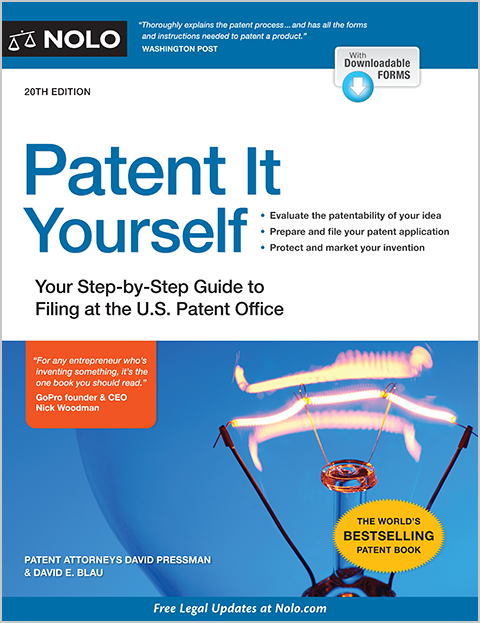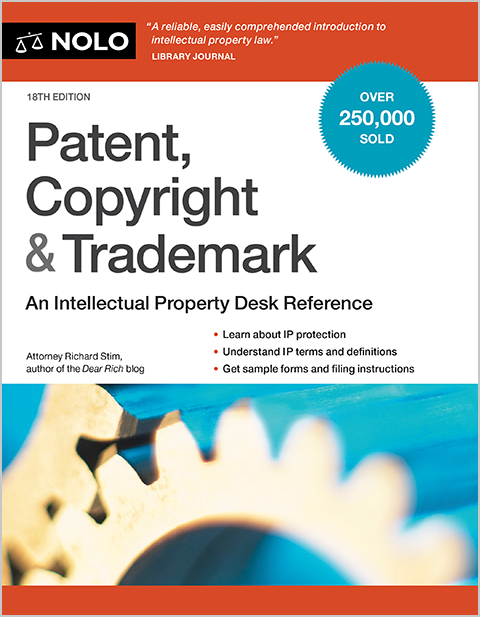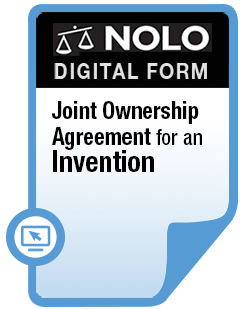Claims can be the most difficult part of a patent to write (or decipher).
Claims for U.S. patents must be specific enough to distinguish the invention from prior art. They must also be clear, logical, and precise. These requirements can be found within the text of the Patent Act (specifically, 35 U.S.C. § 112(2)).
Nonetheless, claims can be the most difficult part of a patent to decipher. They often use technical language, rather than colloquial English. One reason is that claims follow strict grammatical requirements. They are sentence fragments, always start with an initial capital letter, and contain one period and no quotation marks or parentheses, except in mathematical or chemical formulas. The claims also contain obtuse terminology and industry jargon.
If you are filing a patent, you might need the assistance of a patent attorney to guide you through the process, particularly for writing the claims section. The U.S. Patent and Trademark Office has a helpful explanation of the claims writing process for you to consider before speaking with potential lawyers.
Examples of Patent Claims
To provide an idea of claims drafting, examples of claims for some common inventions and processes are provided below:
Claim for an Automobile:
A self-propelled vehicle, comprising:
(a) a body carriage having rotatable wheels mounted thereunder for enabling said body carriage to roll along a surface
(b) an engine mounted in said carriage for producing rotational energy, and
(c) means for controllably coupling rotational energy from said engine to at least one of said wheels,
whereby said carriage can be self-propelled along said surface.
Claim for the Process of Sewing:
A method for joining two pieces of cloth together at their edges, comprising the steps of:
(a) providing said two pieces of cloth and positioning them together so that an edge portion of one piece overlaps an adjacent edge portion of the other piece, and
(b) passing a thread repeatedly through and along the length of the overlapping portions in sequentially opposite directions and through sequentially spaced holes in said overlapping adjacent portions,
whereby said two pieces of cloth will be attached along said edge portions.
Claim for Concrete:
A rigid building and paving material comprising a mixture of:
(a) sand and stones, and
(b) a hardened cement binder filling the interstices between and adhering to sand and stones,
whereby a hardened, rigid, and strong matrix for building and paving will be provided.
Claim for a Pencil:
A hand-held writing instrument comprising:
(a) elongated core-element means that will leave a marking line if moved across paper or other similar surface, and
(b) an elongated holder surrounding and encasing said elongated core element means, one portion of said holder being removable from an end thereof to expose an end of said core-element means so as to enable said core-element means to be exposed for writing,
whereby said holder protects said core element means from breakage and provides an enlarged means for holding said core-element means conveniently.
Claim for the "Insert" Feature of Word Processing:
A method of inserting additional characters within an existing series of characters on a display, comprising:
(a) providing a memory that is able to store a series of characters at an adjacent series of addresses in said memory
(b) providing a character input means that a human operator can use to store a series of characters in said memory at said respective adjacent series of addresses
(c) storing said series of characters in said memory at said adjacent series of addresses
(d) providing a display that is operatively connected to said memory for displaying said series of characters stored in said memory at said adjacent series of addresses
(e) providing a pointer means that said operator can manipulate to point to any location between any adjacent characters within said series of characters displayed on said display, and
(f) providing a memory controller that will
(1) direct any additional character that said operator enters via said character input means to a location in said memory, beginning at an address corresponding to the location between said adjacent characters as displayed on said display, and
(2) cause all characters in said series of characters that are stored in said memory at addresses subsequent said location in said memory to be transferred to subsequent addresses in said memory so that said additional character will be stored in said memory at said location and before all of said subsequent characters,
whereby said display will display said additional character within said series of characters at said location between said adjacent characters, and
whereby a writer can add words within existing body of text and the added words are displayed in an orderly and clean fashion without having to reenter said existing body of text.
Additional Resources
If you are ready to try drafting your own claims, the U.S. Patent and Trademark Office (USPTO) offers helpful guidelines and resources. In addition to the federal code Section 112, rules regarding the drafting of claims are provided in the USPTO's "Rules of Practice." (PTO Rule 75, at 37 C.F.R. Section 1.75 parts (b), (d), and (e).)
After these examples, you can probably understand how the claims section of patents are complicated to read, and equally challenging to write! However, they are an important part of describing the specific invention that you wish to protect. For more general information on patent law, check out Nolo's articles on Patent Law, and for more information on the patent application process, review Nolo's Patents for Beginners.
Talk to a Lawyer
Need a lawyer? Start here.
How it Works
- Briefly tell us about your case
- Provide your contact information
- Choose attorneys to contact you
- Briefly tell us about your case
- Provide your contact information
- Choose attorneys to contact you



